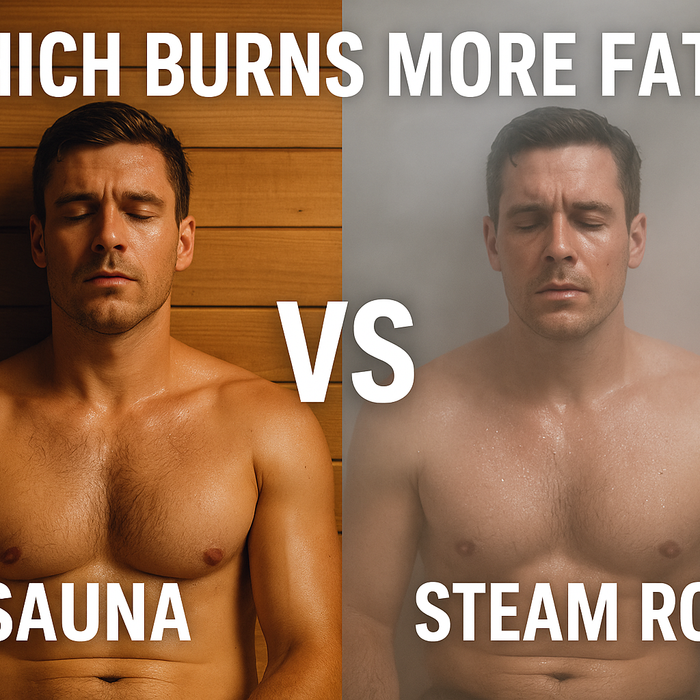If you're planning to install a home sauna, one of the most common questions is: Does a sauna need a drain? The answer depends on your sauna type, location, and how you plan to use it. While drains aren’t always required, they can add functionality and peace of mind—especially in certain environments.
In this guide, we’ll cover when drains are necessary, the pros and cons of having one, and the best practices for both indoor and outdoor sauna installations.
Looking for a ready-to-install solution? Browse our full collections of Indoor Saunas and Outdoor Saunas.
When Does a Sauna Need a Drain?
Not all saunas require a drain. In fact, many traditional and infrared saunas function perfectly without one. However, there are situations where adding a drain is beneficial—or even recommended.
A Drain Is Recommended If:
- You plan to pour large amounts of water over sauna rocks (löyly) regularly
- Your sauna will be installed indoors, especially over wood or finished flooring
- You're using a wood-burning heater that requires water for cleaning out ashes
- You want easy cleanup from sweat, spills, or humidity condensation
- The sauna will double as a shower or steam space
A Drain Is Not Always Necessary If:
- You’re installing a dry-use infrared sauna
- You’re placing the sauna on a concrete floor with no risk of water damage
- You’re using it for short, dry sessions without water pouring
Types of Drains for Saunas
If you decide to include a drain in your sauna setup, here are the most common options:
-
Center Floor Drain: Installed beneath the heater or centrally in the floor. Ideal for high-traffic or commercial-style use.
-
Shower-Style Linear Drain: Positioned at one end of the sauna and used in hybrid spaces like wet rooms.
-
Gravel or French Drain: For outdoor saunas, especially wood-fired models without a solid floor, these allow for natural water drainage into the ground.
Drainage Considerations by Sauna Type
Indoor Saunas
Indoor installations are more likely to benefit from drains. While not always required, a drain provides extra protection against moisture buildup, especially in high-humidity spaces like basements or bathrooms.

Outdoor Saunas
Most outdoor barrel saunas or cabin-style saunas are installed on concrete pads, gravel bases, or deck platforms that already facilitate drainage. For these, a drain is usually optional unless your site collects water or freezes frequently.

Pros of Installing a Sauna Drain
- Helps remove excess water from floor washing or löyly use
- Reduces humidity buildup and mold potential
- Makes cleaning faster and easier
- Supports commercial or high-use environments
Cons of Installing a Sauna Drain
- Adds to upfront construction cost and complexity
- Requires proper slope and waterproofing to prevent leaks
- May not be necessary for low-moisture or infrared saunas
Do Infrared Saunas Need Drains?
Infrared saunas emit dry heat and do not produce steam or involve water pouring. As a result, they do not require drains. If you’re seeking a low-maintenance option with zero plumbing, an infrared sauna is a great fit—especially for small spaces or indoor use.
Should You Add a Drain to Your DIY Sauna?
If you're building a DIY sauna, adding a drain is a smart choice if you're unsure about future usage. It gives you flexibility and adds long-term protection—especially if the sauna is installed over wood, tile, or in a finished indoor space.
Final Thoughts
While a drain isn’t mandatory for all sauna installations, it can be a wise upgrade—especially for indoor traditional saunas or wood-burning models. If you're unsure, it's better to install one during the construction phase than to retrofit later.
Need help choosing the right sauna setup for your space? Explore our full collections of Saunas and Custom Sauna Design Services for expert guidance.







Leave a comment